We often get plenty of crossover games in this industry, where two companies come together to create something new by combining one IP with another, often leading to a genre blending experience. Nintendo isn’t exactly a stranger to this concept, having done a fair few crossovers over the years, particularly with Super Smash Bros. But they shocked us when they announced that they had partnered with an indie studio with one of their biggest IPs. By partnering with Brace Yourself Games they allowed them to combine the rhythm action of Crypt of the NecroDancer with the tried and true classic formula of The Legend of Zelda, leading to the inception of Cadence of Hyrule.

Cadence of Hyrule – Crypt of the NecroDancer Featuring The Legend of Zelda
Nintendo Switch
Developed by Brace Yourself Games
Published by Nintendo
Released: 13th June 2019
Now, Cadence of Hyrule has actually been out for quite a while now, so it shouldn’t be too surprising to know that everyone has been singing praise for the title, but the recent announcement of a DLC expansion spurred me to throw my views into the ensemble to brace myself (pun intended) for the full expansion once it comes out. For this review, I will be covering all of the base game with another one coming later with details on the DLC. As of right now, you can currently play as several additional characters, but it’s not substantial enough to write anything significant just yet. A full expansion review will be written once all three packs have been released, so do look forward to that if that’s what you’re keen on hearing about. But enough preamble, let’s get on with the main performance.
If you’ve played both Crypt of the NecroDancer or any classic styled Zelda game, you should already know what to expect from Cadence of Hyrule. Crypt of the NecroDancer (hereby shortened to CotND for your sanity and mine) is a rhythm rogue-like where you progress through floors of a dungeon one beat at a time. Movement involves tapping a direction to the beat of the music, with a handy metronome at the bottom of the screen to help with timing. Combat involves positioning yourself on tiles and tapping in the direction of an enemy to the beat of the music. Enemies also move to the beat of the music and have different conditions to be met before they can take damage, such as only from behind or after stunning them. Cadence of Hyrule follows suit with this gameplay style but adds a selection of Zelda mechanics to the mixtape.

While CotND is almost a hard roguelike, where you go through randomised zones and death kicks you right back to the beginning of each zone, Cadence of Hyrule sits somewhere in the middle, more like a rogue-lite. Unlike CotND there is an overworld built up of tiles which is randomised in its layout once per save file, though each individual tile remains the same. Heart pieces and other secrets are hidden on the map, but as the position of the tiles changes it makes each run have a different progression route. Individual dungeons will randomise their layouts every time you die.
Death itself doesn’t restart your progress like CotND, instead it just removes any rupees you collected and you keep your inventory and heart pieces collected. Upon death you are granted the option to buy upgrades using diamonds you collect, either hidden away or from clearing tiles of the map of all enemies, with varying effects. There are also shops on the overworld where you can use rupees to buy permanent upgrades to your weapons and other useful items. Various Zelda items and weapons of different properties have been added to change the tempo of things. While some items were already present in CotND like bombs and bows, and work similarly here too, staple Zelda items like the boomerang and hookshot provide new flavours and work as you’d expect them to.

The story revolves around a new villain named Octavo using a magical lute to put the King of Hyrule to sleep, which also put series veterans Link and Zelda into a slumber too. Cadence (the character from CotND) is mysteriously transported to Hyrule and seeks a way to get back, she awakens Link and Zelda who independently go to recover four instruments from Octavo’s four champions in order to reawaken the King of Hyrule and defeat Octavo. It’s fairly straightforward but provides a decent enough justification for travelling around the overworld one beat at a time. Plus, an extra story was added through a free update which goes over Octavo’s motivations for his actions in the main story.
Other than the story mode there are several other modes and smaller options to customise a session in a variety of ways. Primarily, the only other “big” mode is Dungeon Mode, which shifts the style strictly to the dungeon-like layouts. It plays more like CotND did, complete with death kicking you right back to the start. The other notable mode is the Daily Challenge, a permadeath challenge that changes every day with a new world and random character selection. The last few modes are Single-Character Mode, removing character swapping from the story, and All-Characters Mode for the dungeon mode, allowing every character to be used. Besides these, there are a number of toggles you can adjust at your leisure, like removing the fixed-beat movement, doubling tempo speed, permadeath for hardcore players and mystery mode which hides the identities of all enemies. Lastly, you can input a seed manually, which can be used for multiplayer races or if you want to play on a friend’s world. These options can’t be used in the daily challenges.
By and far one of the most notable aspects of the game is the soundtrack. Each area of the overworld has an array of familiar Zelda tunes masterfully arranged by Danny Baronowsky, who previously composed CotND, as well as a very long list of musical talents providing live recordings of various instruments. Notable faces include Jules Conroy, Kate Letourneau, Riley Koenig, Michaela Nachtigall and the vocal talents of Adriana Figueroa and even some whistling from Kevin Regamy. It feels unwise not to bring attention to everyone involved in the creation of the game’s music, as just as much passion has gone into bringing new life to the classic melodies of the Zelda franchise as has gone into the gameplay.

Cadence of Hyrule is an overall joy to play, being a love letter to The Legend of Zelda franchise as well as a masterful combination of two different styles of gameplay merged together in a way that feels totally natural. It’s been said that Shigeru Miyamoto and Eiji Aonuma both enjoyed Crypt of the NecroDancer, which is why when Brace Yourself Games approached Nintendo about adding Zelda characters to its Switch version that it evolved into its own game. That’s all hearsay, of course, but regardless of what actually transpired I can safely say that the end result is well worth playing. It may not be as hard as CotND, but it begs for multiple play throughs and is just as addictive and rewarding to play.
Final rating – 4.5 out of 5
Cadence of Hyrule – Crypt of the NecroDancer Featuring The Legend of Zelda is available now for Nintendo Switch.
DLC Pack 1 – New Characters

The first wave of the DLC expansion consists of five new playable characters, Shadow Link, Shadow Zelda and Impa from the Zelda series, as well as Aria and Frederick from CotND. There’s not much else here, but these characters do have alternate properties to differentiate themselves from the rest. Shadow Link and Shadow Zelda are mostly similar to their normal counterparts, only adding a single ability with different effects, but Impa, Aria and Frederick are the most unique, with very dynamic play styles.
Impa uses her naginata to add very position based gameplay to the mix, fixing herself in one direction with the tip of the naginata becoming a constant hitbox, allowing you to strafe around and stab anything in the spear’s path. She can also avoid one hit per life by dropping a doll and snapping behind the enemy that hit her, much like the Ninja trope.
Aria acts as the minimalist challenge mode character, only being able to use a dagger and can only take a single hit of damage before dying. She also can’t miss a single beat or else she dies too. Definitely for the hardcore players looking for a real challenge.
Frederick, or Freddie Merchantry, is incredibly unique. He revolves around a cycle of rupee management, losing a single rupee every 8 beats and being able to use them as a projectile too. It’s all about keeping your rupee count as high as possible, or else he dies if it reaches zero (and also if you lose all your hearts, as per usual). However, it’s not an immediate game over, as he becomes the Phantom of the Shopera. As the Phantom, he floats over any floor hazards, but can only use daggers as a weapon. Picking up any rupees revives him. Shops also become places to sell upgrades instead of buying them, though only if the shop was originally run by him otherwise they’re normal shops.
Overall, these characters work best as extras for the dungeon mode, providing new play styles and challenges to the mix to spice things up. They’re a little more hardcore for casual players though, besides Shadow Link and Zelda being mostly the same.
DLC Pack 2 – Music
With the second wave of DLC, we are graced with three entirely new soundtrack selections from several very talented musicians of differing backgrounds. Each brings a new flavour to the soundtrack unlike the original game and even from each other.
First comes Familyjules, or Jules Conroy, having already provided the guitars for the music of the original soundtrack, now he brings the shred to full force with a metal rework to the already quite hard hitting OST.
Secondly is A_Rival, known for his dance/electronic music, coming forth with a beat heavy approach to the music. Now the soundtrack is very fitting for the dance floor.
Lastly is Chipzel with her chiptune/electronic infused take to the series’ greatest hits. This one is very much fitting the Crypt of the NecroDancer roots.
All three soundtracks are each distinct from each other and slot right into the game without so much as a sweat. It’s all up to personal preference as which choice you make, and the game allows you to select your individual favourites for each area of the game with 13 tracks per musician to mix and match as you see fit.
DLC Pack 3 – Symphony of the Mask
Yet to be released.
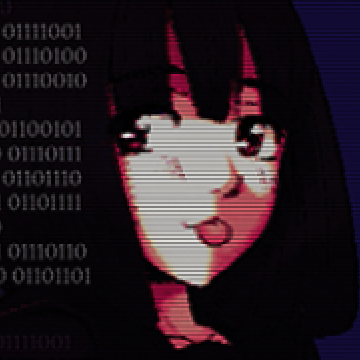
Long time fan of Nintendo and games in general, I always lean on the quirkier and unique sides of things in particular. It all started when I was lucky enough to get a Gameboy Color and Pokemon Yellow for my tenth birthday and it’s been going strong ever since. I’ve always had a need to get my voice heard and share anything I find interesting with the world.


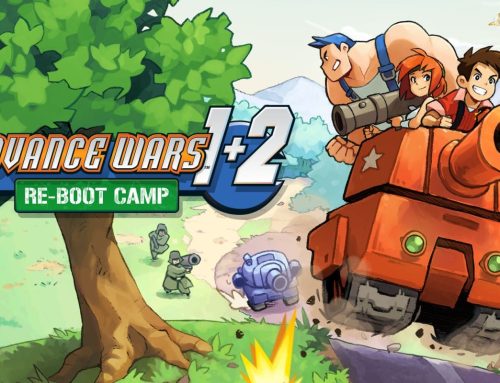
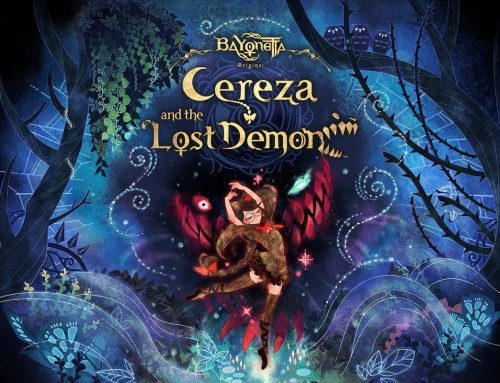
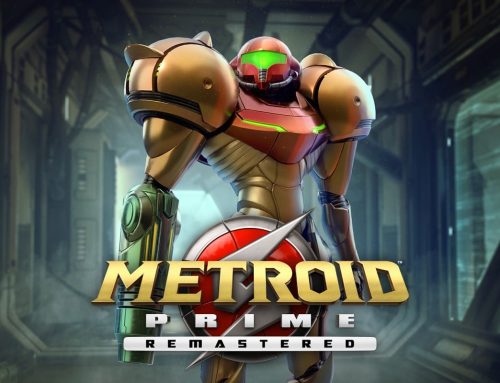
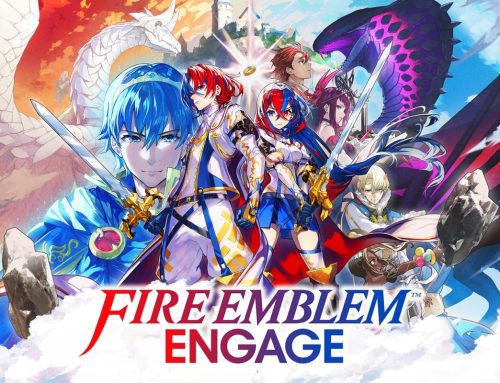
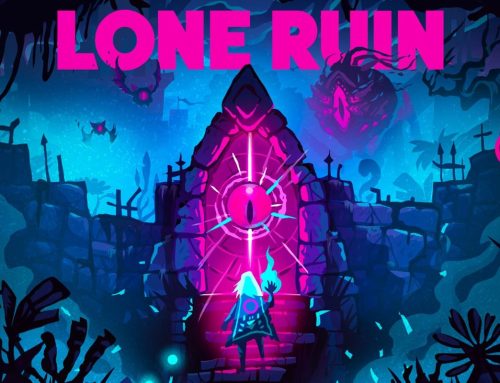
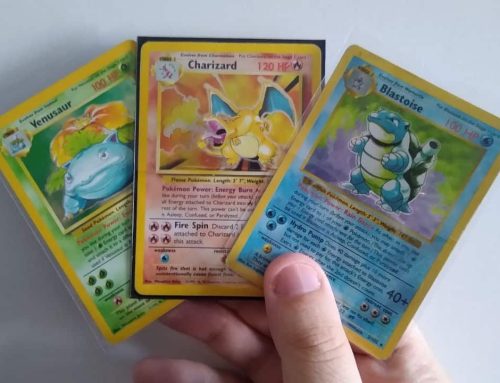
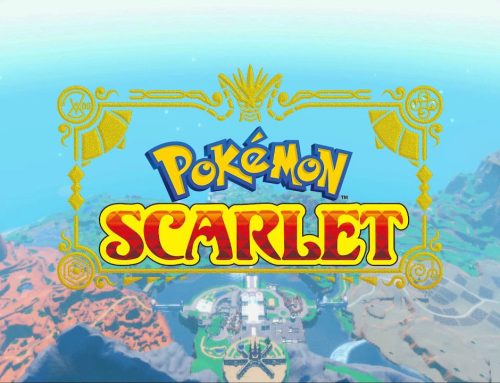
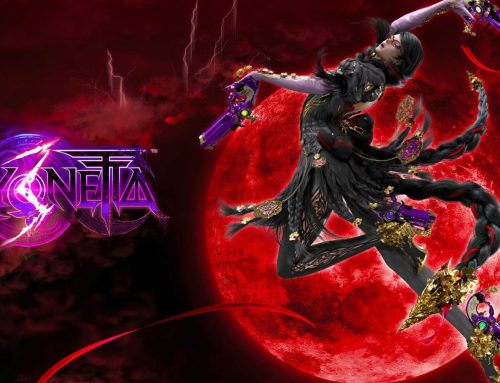
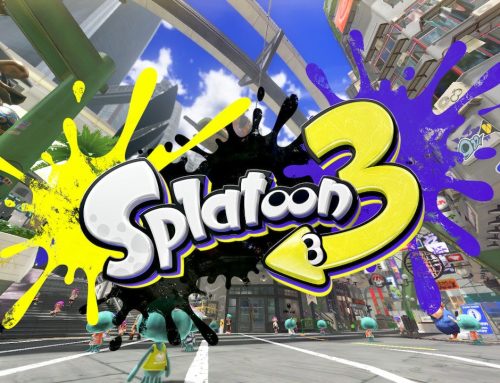
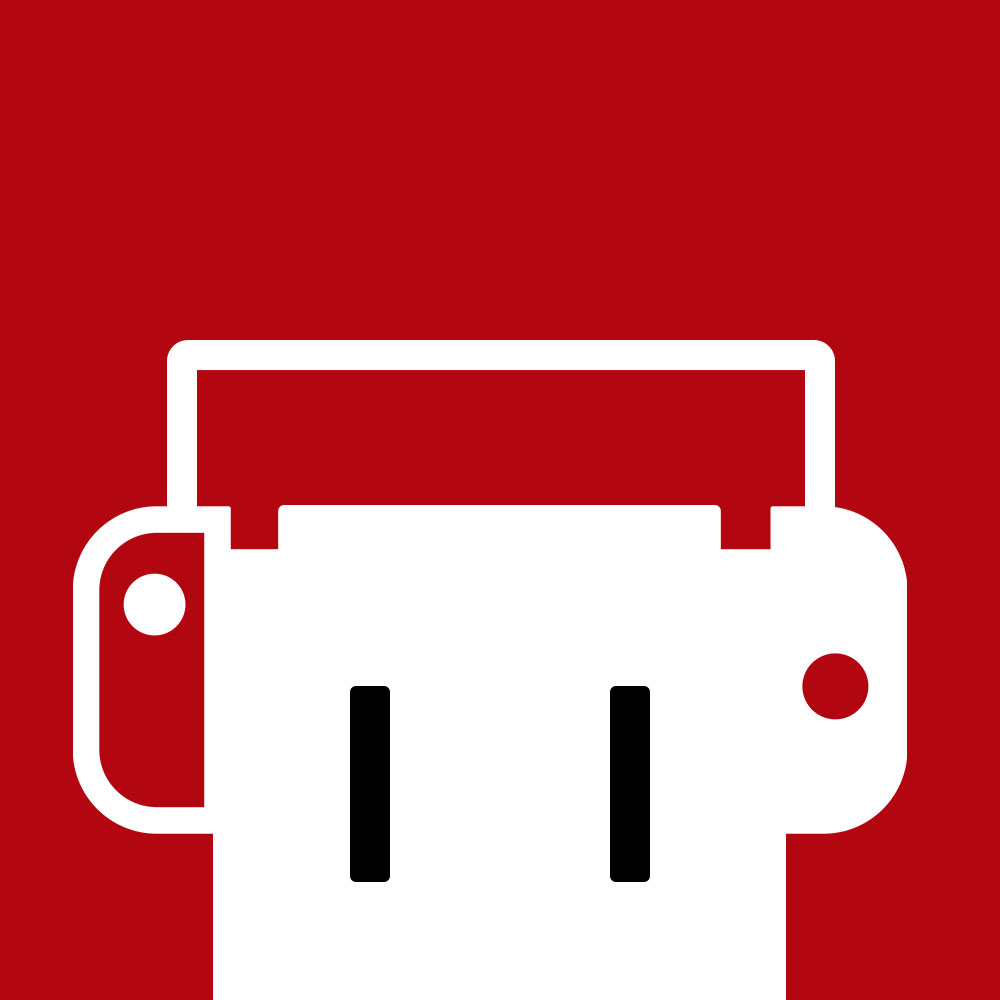
Leave A Comment
You must be logged in to post a comment.